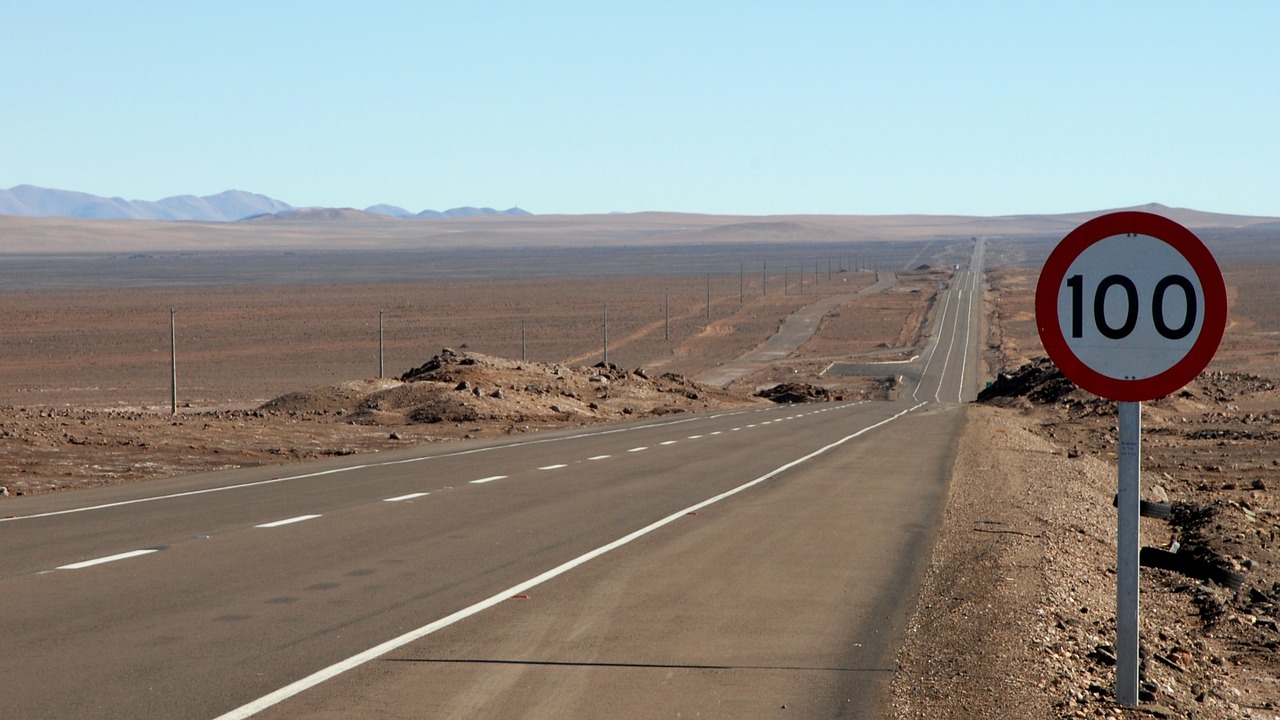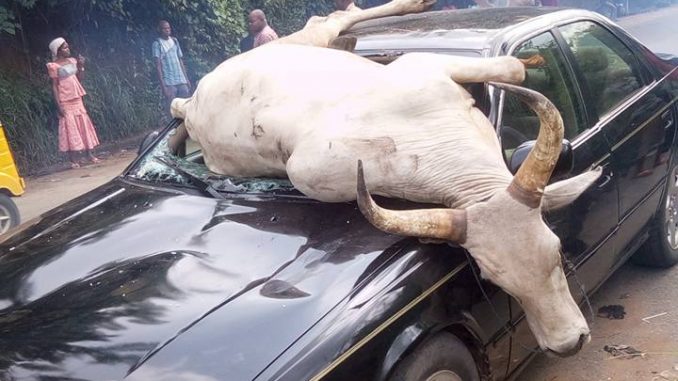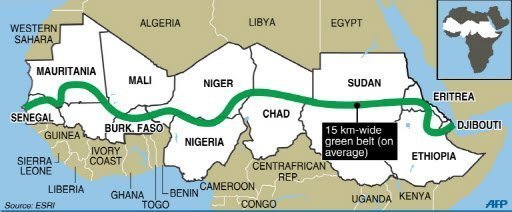Whenever we think of speeding, the first thing that usually comes to our mind is traffic accident. This is not surprising because the Federal Road Safety Commission (FRSC) once reported speeding as the contributing factor to 50% of road accidents in Nigeria. The country is ranked as the second in the world in terms of road accidents with thousands of lives lost every year. Meanwhile, according to a 2015 data reported by the World Health Organization (WHO), road injury is one of the top 10 causes of deaths in the world. Now let’s broaden our perspective by looking at some additional dangers of speeding that have environmental significance.
Before delving into that, it is important to understand what the speeding is. In road traffic, the term refers to the state of a motorist driving at a rate exceeding the legal speed limit. For example, a driver traveling at 60 kilometers per hour along a section of road with a speed limit of 50, is considered to be speeding. It is simply the act of over-speeding, a term that is commonly used as in Nigerian English.

Animals as victims of speeding
Generally speaking, the basic reason why speed limits are set is to ensure the safety of all road users. These include the driver, other motorists, pedestrians as well as animals that may share the roads with us. The speed limit set at a road segment is mostly a reasonable prediction of the maximum velocity at which drivers can control their vehicle after sighting an object. Even if an accident would occur in that state, the damage will be minimal. However, our love for speed betrays this important safety idea of traffic planning. Many human lives are lost to road accidents, but the number of animals that are killed on the road is even more startling. Death of animals on the road is a serious global issue with some species being endangered as a result.

As reported by the BBC, a 2015 study by the Brazilian Center for Studies on Road Ecology gives the number of animals killed by motorists in Brazil to be around 1.3 million a day. Within same time frame, another 1 million animals get hit by motor vehicles in the United States, a serious issue that threatens the extinction of animals such as Woodland caribou and Florida panthers, according to conservationists. Has there been similar surveillance in every country, the figures would have definitely left us speechless.
Even though the main culprit in these large-scale roadkill is the intrusion of highways (which are mostly freeways with high speed limits) into the habitats of the poor animals, the impact could still be minimized if motorists drive slower and more cautious than they do. It is worrisome how some motorists drive very fast even on local roads where crossing animals are expected. Recently, national parks in the UK complained about the rise in the number of animals being killed by speeding vehicles, despite the maximum speed limits being low. In Northern Nigeria, where livestock are let out to fend for themselves, many get killed in similar instances. Let us be considerate and think about these creatures before racing our vehicles on the road.
Increased fuel consumption and emission
Another way speeding impacts our environment is through increased fuel consumption translating to more carbon dioxide (CO2) emission. This may come as surprise because, logically, the difference between travel times associated with low and high speeds shall balance the fuel consumption. However, the fact is that fuel consumption increases disproportionately with increase in vehicle speed. According to the UK Department of Transport, a car traveling at 80 mph (129 km/h) consumes 10% more fuel than a car traveling 70 mph (113 km/h) for same travel distance. In its 2007 report on climate change mitigation, Intergovernmental Panel on Climate Change (IPCC), highlighted that due to the important role played by aerodynamic forces at higher speeds, reduction of vehicles speed on highways can significantly save fuel. They cited a couple of studies that proved the assertion. One investigation on certain old car models (1980s and 1990s) revealed a 17% more fuel loss at 70 mph compared to 55 mph. Similar study on more recent models showed an increase of 27% when speed is increased from 50 mph to 70 mph. Even without emissions in mind, the reduction in fuel consumption would be an appreciable saving to one’s budget. It is important to mention that the fuel consumption variation is two-tailed, because very low speeds have similar influence as very high speeds. For majority of cars, the fuel-efficient speed range is estimated to be between 50 km/h to 80 km/h.
In addition to setting limits, various other measures are often employed to control speeding. One such measure that is common on Nigerian roads, including highways, is the speed bump or speed breaker. Although they are effective, having too many of them may be unfriendly to the environment. Most drivers will tell you that cars burn more fuel during deceleration and acceleration, and that is what happens when passing a speed bump. One experiment found that fuel consumption can increase by up to 60% by introduction of 4 speed bumps in about 1 kilometer. Priority should therefore be given to speed limits enforcement and educating road users on its importance.
Speeding and noise pollution
Other speed-associated issues of environmental concern are noise and vibration. World Health Organization cites noise as one of the leading environmental nuisance affecting people’s health, and it mainly comes from traffic. People who live next to a busy road know how annoying traffic noise is, and the disturbance is higher from speeding vehicles. Thus, traffic noise is directly proportional to vehicular speed. In fact, noise control is among the factors used in determining speed limits by traffic planners. Similarly, fast moving vehicles create high vibration that can have negative effects on their users and the surrounding environmental, including the road pavement.
The thrill of driving at high speed and the unnecessary rush we always seem to be in shall not govern our choice of abiding by or violating speed limits. Let us always put into consideration the impact our speeding has on other people, animals, and the environment. As the saying goes, it is better to be late than be dead on time. Be gentle to the pedal because that serves the wellbeing of everyone, including yourself.
[blog_subscription_form]
Written by Sada.
 Sada Haruna is the IT strategist at Green Habitat and a contributor to the blog. He is a PhD student in the department of Environmental Engineering at the University of Ottawa. His current research focuses on safe disposal of toxic mine wastes and remains an ardent advocate of environmental sustainability. He enjoys reading and coding at his leisure time. Follow him on Twitter @H_Sadah
Sada Haruna is the IT strategist at Green Habitat and a contributor to the blog. He is a PhD student in the department of Environmental Engineering at the University of Ottawa. His current research focuses on safe disposal of toxic mine wastes and remains an ardent advocate of environmental sustainability. He enjoys reading and coding at his leisure time. Follow him on Twitter @H_Sadah



A very insightful post!
Pingback: Can speeding cause more than just accidents? YES! | Eco-Intelligent